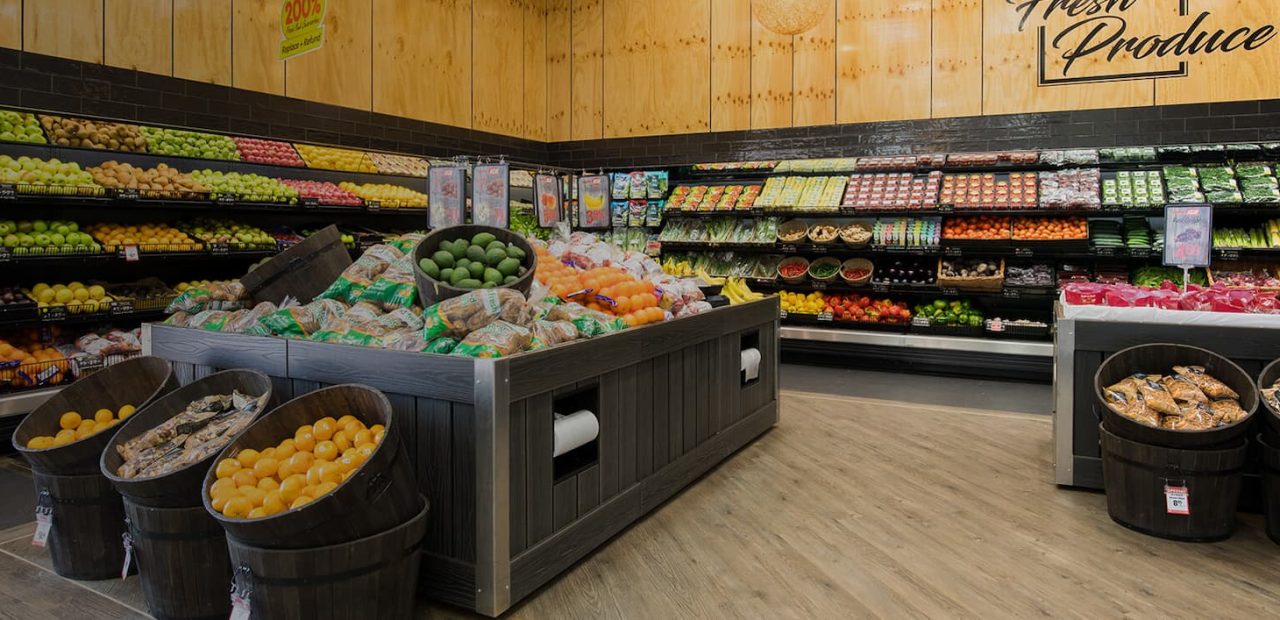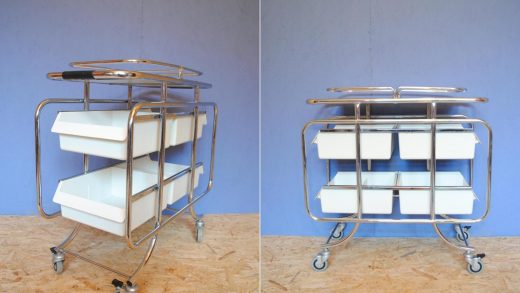How to Choose the Freshest Cuts of Meat for Your Restaurant
Running a restaurant is no easy feat. It’s a full-time job that requires a lot of dedication and perseverance. You have to take care of everything from picking the right staff uniforms to creating menus to keeping track of your finances. It’s definitely very demanding, but it can also be incredibly rewarding.
One of the most crucial factors for satisfying your customers and establishing your reputation is the freshness and quality of your meat. With so many suppliers available, it’s difficult to know where to start. In this post, I’ll guide you through the process of selecting the best cuts of meat for your restaurant to boost your menu and help you create delicious meals that will keep your customers coming back.
Contents
Order From a Reputable Supplier
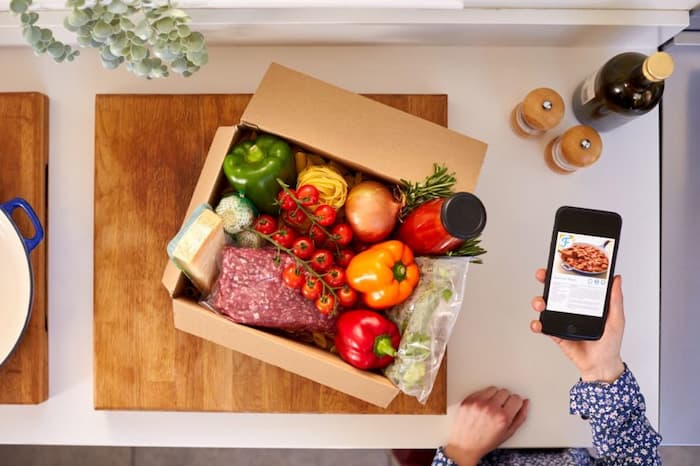
The best way to ensure that your restaurant has the best cuts of meat is by ordering from a reliable food supplier. Not only will you be providing your customers with delicious, fresh meat, but you’ll also have peace of mind knowing that your supplier follows strict food safety regulations and standards. This means that you won’t have to worry about any potential health hazards or food-borne illnesses.
If you’re ready to step up the quality of your menu, order fresh produce from Thomas Foods International. This trusted supplier offers high-quality meats and food products for restaurants and food service businesses in Australia. With a long-standing reputation for excellence and a commitment to delivering top-notch products, they’ve become a leader in the industry.
One of the things that sets Thomas Foods apart from other suppliers is its focus on sustainability and animal welfare. The company works closely with farmers and ranchers to ensure that their livestock is raised in the best possible conditions and treated with the utmost care. This results in not only happier and healthier animals, but also in premium quality cuts of meat that are both flavorful and tender.
Thomas Foods International offers a wide range of products, including beef, lamb, pork, chicken, and more. Whether you’re looking for high-end cuts or more economical options, they have something to meet your needs. And with their vast network of suppliers, they can provide you with access to a variety of specialty meats, such as organic, free-range, and grass-fed options.
Another factor that makes Thomas Foods Australia a top-notch supplier is its commitment to food safety. All of their products are subject to rigorous quality control procedures, from raising the animals to the final delivery to your kitchen. This ensures that you can serve your customers with confidence, knowing that you’re providing them with safe and delicious food.
Don’t Buy More Than You Need
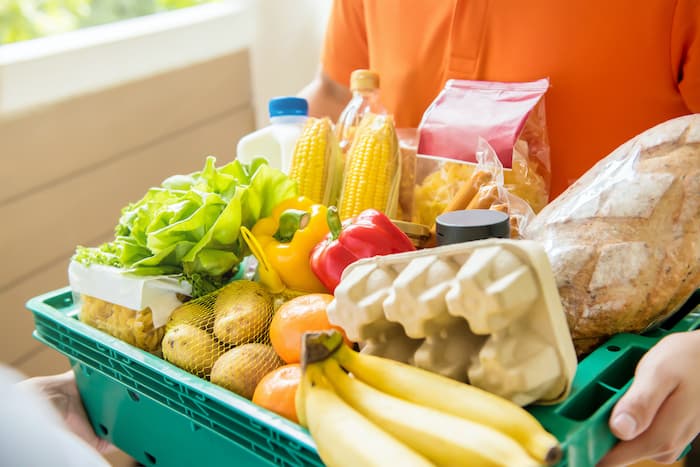
One of the keys to making sure your meat is always fresh is to not over-purchase. If you buy too much meat at once, there’s a good chance that some of it will go bad before you have a chance to use it. Now, I understand that you want to make sure you have enough meat on hand for busy days, but you don’t want to waste any either. So, my suggestion is to start small and gradually increase your orders as you get a better understanding of how much meat you actually need.
One thing you could do is track your expenditures each day, and use that information to more accurately predict how much meat you’ll need in the future. This way, you can avoid over-purchasing and ensure that all of your produce is fresh and ready to use.
What are the Key Indicators of Quality Meat?
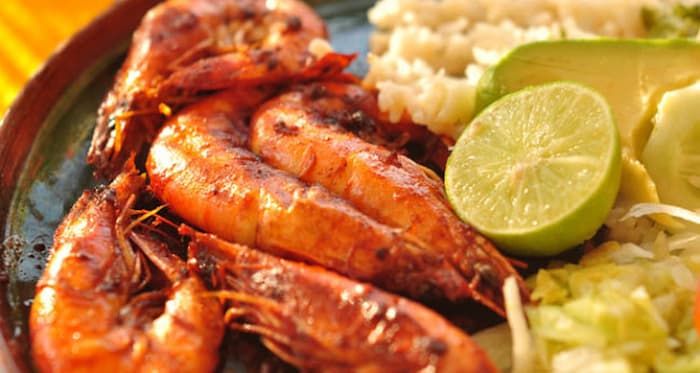
There are several factors you should consider when looking for quality meat for your restaurant, including:
-Marbling: This refers to the distribution of fat within the meat. High-quality cuts typically have a good amount of marbling, which gives them flavour and moisture;
-Colour: Fresh meat should have a bright, deep red colour, with no brown or grey discolouration;
-Texture: It should be firm, yet tender, with a good amount of bounce when you press it;
-Smell: It should have a slightly gamey, but not overpowering scent. If it has a strong or rancid smell, it’s likely past its prime;
-Cut: Different cuts of meat have different characteristics and uses, so it’s important to choose the right cut for your dishes;
-Origin: Animals that are raised using sustainable and ethical practices provide meat that tastes better and has a more consistent quality. Knowing the origin of your meat can also be a selling point for customers who are concerned about animal welfare.
Store It Properly
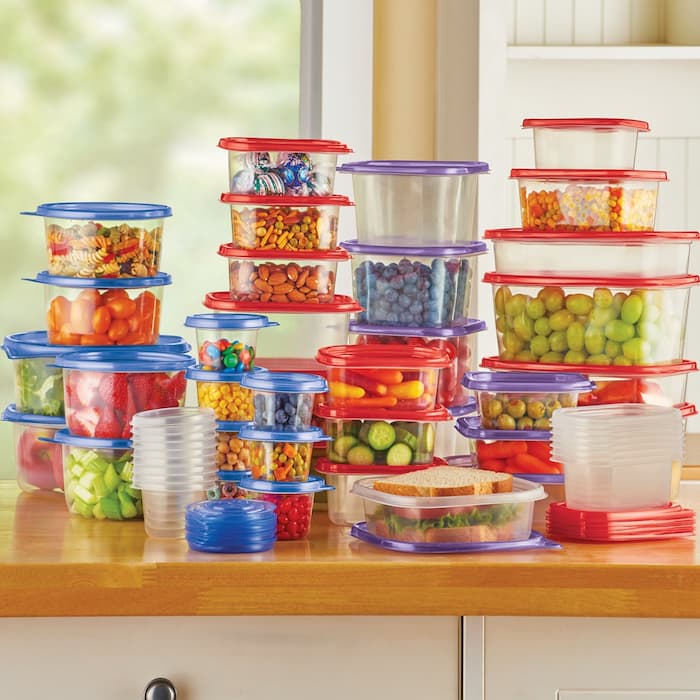
And remember, it’s not just about buying the right amount of meat, it’s also about storing it properly. Keep your meat refrigerated at the right temperature, and rotate your inventory so that the older cuts get used first. This way, you’ll avoid any food waste and your customers will always enjoy fresh, delicious dishes.
First and foremost, it’s important to store your meat at the right temperature. Experts recommend that you keep it refrigerated at or below 4 °C to prevent the growth of harmful bacteria. This means you’ll want to have a reliable refrigeration system in place that can keep your food at the right temperature, 24/7.
Another key factor is to store your meat in the right containers. Using airtight containers can help keep the produce fresh and prevent any cross-contamination. Also, make sure to label each container with the date and type of meat, so you can easily keep track of when it was stored and how long it’s been in the fridge.

